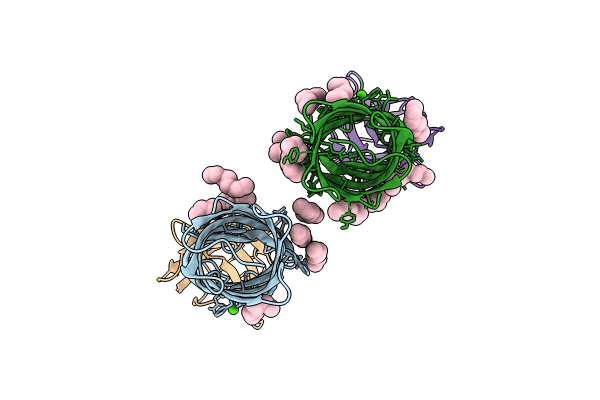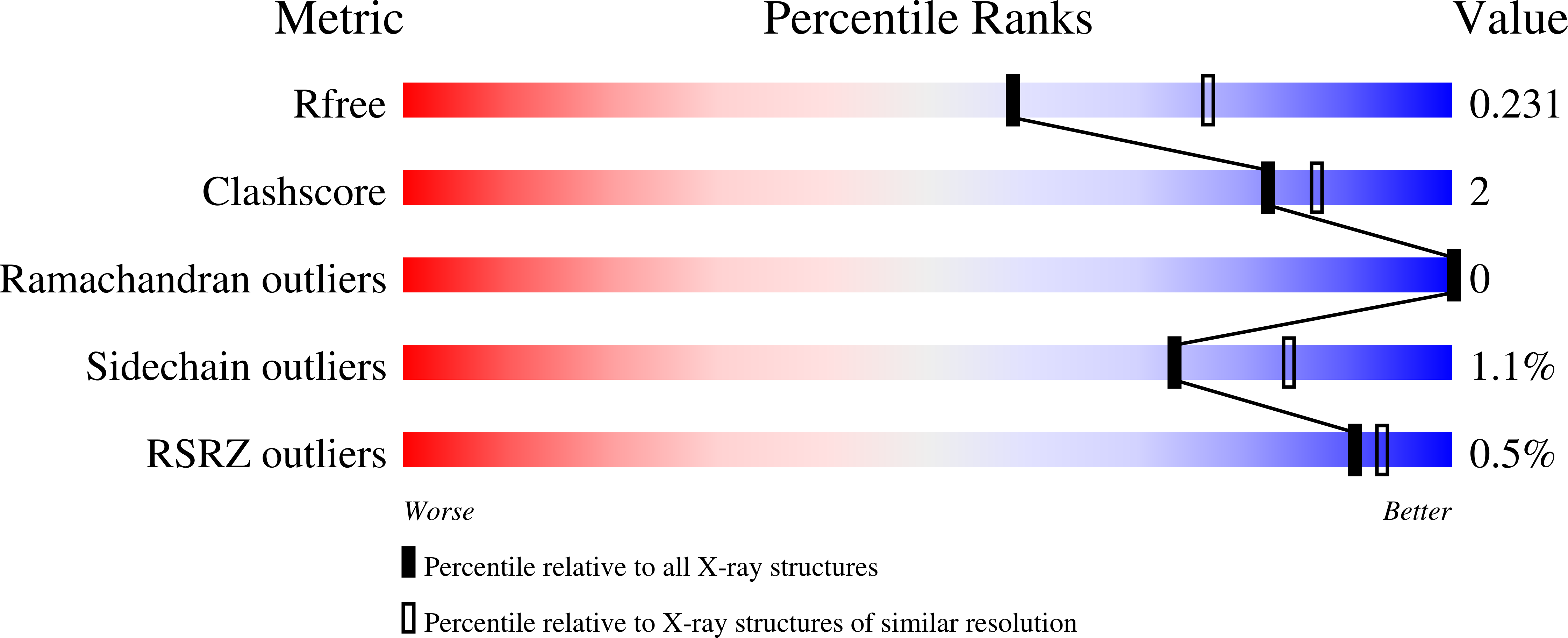
Deposition Date
2024-07-05
Release Date
2024-07-17
Last Version Date
2025-07-23
Entry Detail
PDB ID:
9FZC
Keywords:
Title:
Structure of OmpA-short in complex with nanobody Nb01
Biological Source:
Source Organism:
Escherichia coli K-12 (Taxon ID: 83333)
Vicugna pacos (Taxon ID: 30538)
Vicugna pacos (Taxon ID: 30538)
Host Organism:
Method Details:
Experimental Method:
Resolution:
2.27 Å
R-Value Free:
0.23
R-Value Work:
0.20
R-Value Observed:
0.20
Space Group:
P 1 21 1


